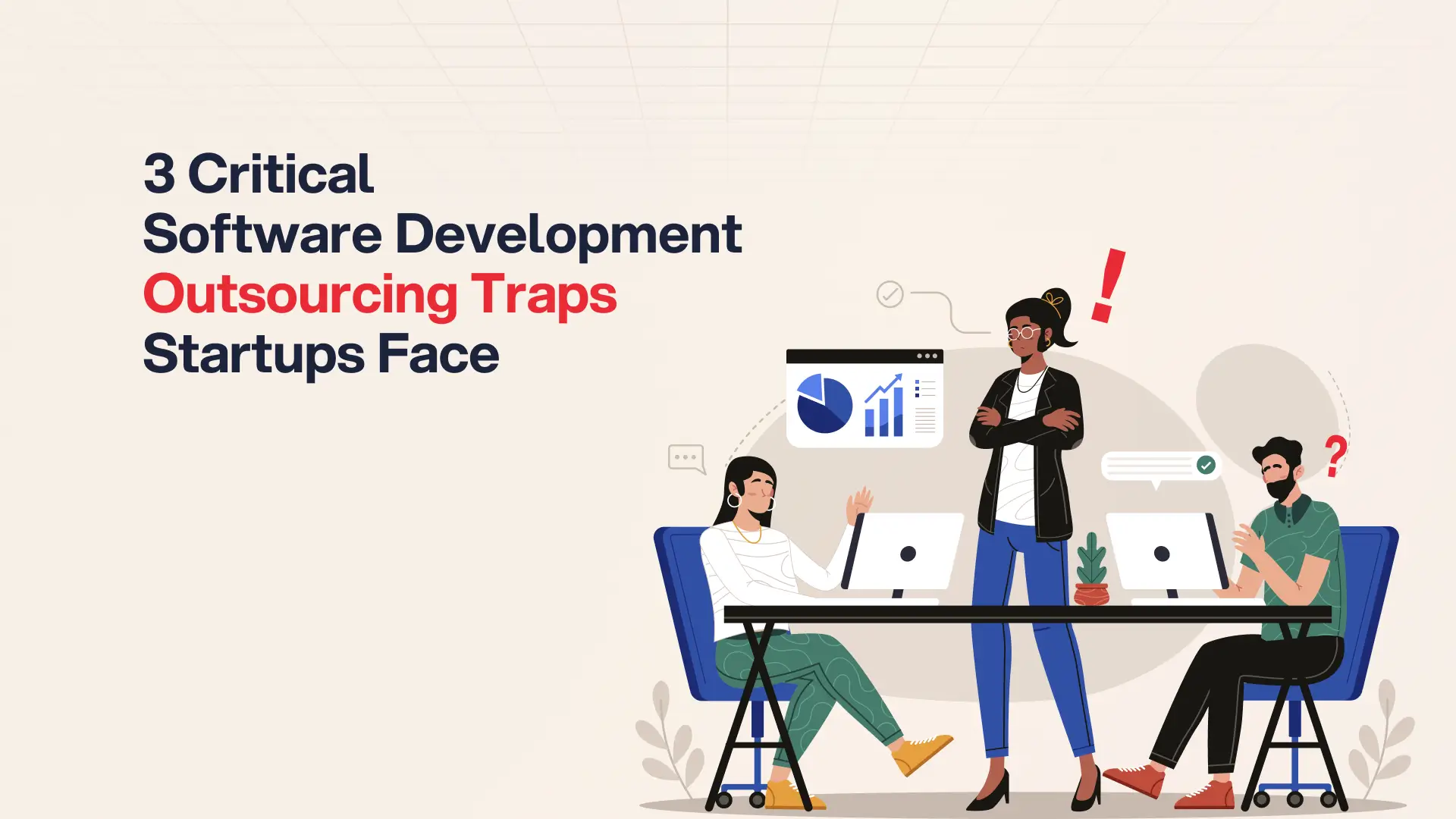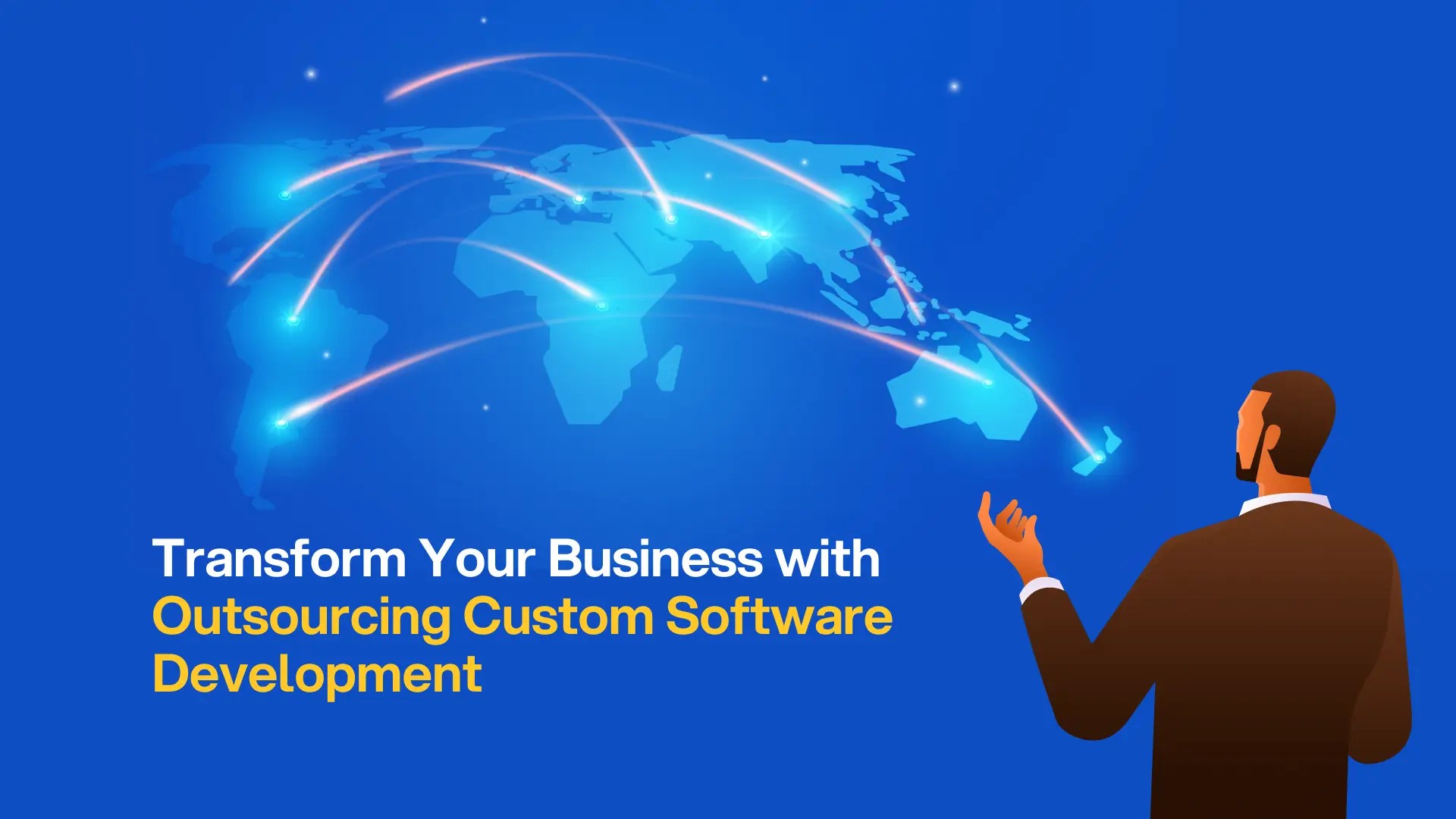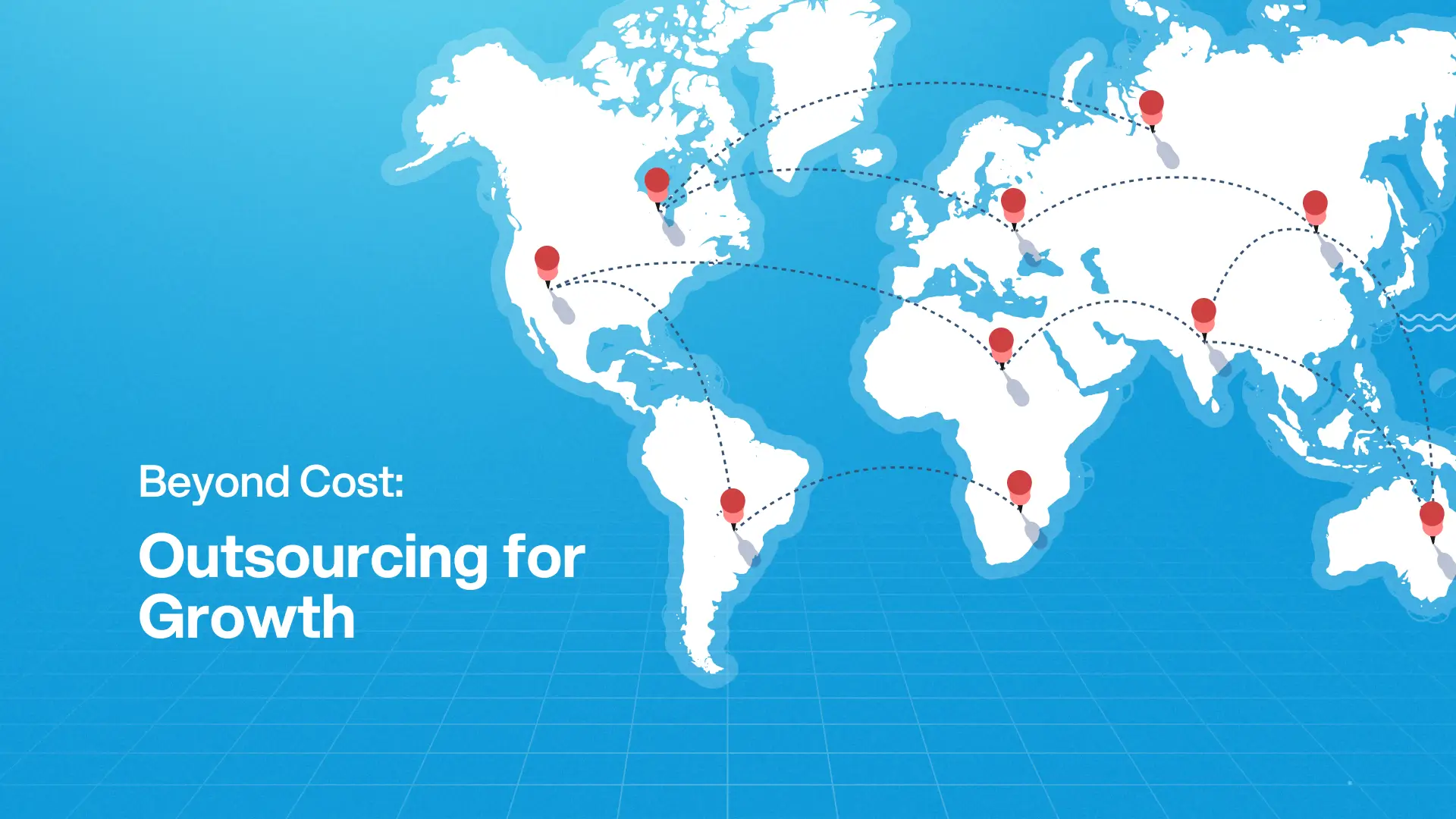Post Activity
 3945
3945
Table of Content
Share This Post
Table of Content
Offshore Python development has become a critical strategy for long-term value. As organizations grow in complexity and ambition, so too do their engineering demands. It is not simply for cost savings, but to gain a competitive edge through access to specialized, global talent and delivery infrastructure.
This article will equip tech leaders with strategic insights to make informed decisions about where, how, and with whom to build offshore Python capabilities.
Why Python Continues to Dominate in 2025
Python remains the language of choice for business-critical platforms. Its versatility and efficiency power use cases ranging from business automation and ERP platforms to machine learning models and fraud detection applications.
Strategic Benefits of Offshore Python Development
Modern tech executives are shifting focus from transactional outsourcing to strategic capability building. Offshore Python development offers the ability to scale engineering maturity quickly, without the friction of local hiring constraints.
1. Access to Specialized Global Talent Pools
Tech leaders are turning to countries like Poland, Romania, Ukraine, Argentina, and Colombia, not only for cost savings but for their ability to supply top-10 % software engineers. These regions combine strong technical education, deep Python expertise, and proven fluency in agile methodologies and Western collaboration norms.
Their tech ecosystems are backed by institutes of technology and favorable tax policies, making them ideal for offshore business expansion.
2. Cost Efficiency Without Talent Compromise
Cost arbitrage is only beneficial when paired with quality. Lower living costs, favorable tax rates, and lower talent compensation in Eastern Europe and Latin America ensure average dev cost reductions of 70% while still delivering senior developer performance.
Thinking of Outsourcing?
Access a wide range of outsourcing companies and find your best fit.
3. Scaling and Operational Flexibility
Building a local software R&D team may take 4–6 months, which involves a long hiring and onboarding process. On the other hand, offshore partners can deliver a fully-fledged team within 2–6 weeks. Vendors usually offer outstaffing or a turnkey solution for tech delivery.
The best providers offer resource managers, dedicated onboarding support, and candidate substitution to ensure optimal performance.
4. Comprehensive Recruitment and Seamless Integration
Strategic offshore providers go beyond simply filling roles. They deliver a full-cycle recruitment process, leveraging access to a talent pool of pre-vetted developers.
Through structured onboarding, aligned team structure, and high client retention rates, they ensure the tedious transfer process is replaced with seamless team extension and reliable delivery execution.
5. Built-In Resilience and Business Continuity
Distributed teams reduce risk exposure. By diversifying your tech team across borders, you hedge against local hiring freezes, labor shortages, and political or economic instability.
Strategic Risks & Mitigation Tactics
The major risks are not in project delivery, but in long-term continuity, integration, and strategic control. As offshore Python development becomes more central to core product delivery, the following deeper risks demand attention:
- Domain Misalignment: Often, offshore teams are technically sound but lack vertical understanding. This leads to misaligned implementation decisions, missed business opportunities, and costly rework.
- Mitigation: Prioritize partners with domain expertise.
- Team Volatility & Knowledge Loss: High turnover leads to loss of institutional knowledge and rising ramp-up costs.
- Mitigation: Look for providers with internal career paths, cultural fit programs, and a high client retention rate.
- Poorly Aligned Incentive Models: Traditional time-based billing (hourly rates) often disincentivizes innovation and encourages bloated scope.
- Mitigation: Request clarity on delivery velocity, code quality metrics, and time-to-value.
- Strategic Lock-in: Choosing the wrong provider can restrict your future growth. Some vendors resist flexibility, over-customize their processes, or create opaque dependencies that limit your ability to pivot.
- Mitigation: Favor vendors offering turnkey solutions with modularity, allowing you to scale from an offshore tech development team to a full-fledged software R&D office over time.
What to Look for in a Strategic Partner
Top-performing tech companies approach offshore vendor selection with the same rigor they apply to internal leadership hires. It is important to look for trusted partners who will align with long-term business goals. Below is a decision framework seasoned executives use to evaluate offshore Python development partners with strategic precision:
Ready to Build Your Team?
Let’s create together, innovate together, and achieve excellence together. Your vision, our team – the perfect match awaits.
Integrating Offshore Developers
Hiring a top-tier offshore team is only half the battle. The real competitive advantage comes from how well that team integrates into your existing structure. Offshore developers should feel like an extension of your core team.
Here’s how strategic executives ensure cohesion and performance across borders:
1. Align on Business Goals: Begin by framing the business context. Technical specifications are not enough.
Offshore developers should understand the broader mission, customer pain points, and key product differentiators to make better decisions and flag risks early.
2. Define Shared KPIs and OKRs: Strategic alignment is reinforced through outcomes-based goals.
Create unified OKRs that drive both in-house and offshore contributors. Metrics should prioritize end-user impact and delivery milestones, not just code volume or velocity.
3. Establish a Good Onboarding Process: Introduce team rituals, review source code access policies, and clearly define escalation paths.
Include product and project managers early to drive context retention and functional clarity.
4. Unify Tools and Workflows: Use a single source of truth. It can be GitHub, Jira, Slack, or Confluence. Fragmented tooling leads to miscommunication and delays. Seamless tool adoption creates transparency, builds trust, and accelerates iteration cycles.
5. Promote Cross-Team Collaboration: Encourage regular interaction between your offshore team and in-house developers.
Set up shared sprint demos, code reviews, and virtual town halls to build rapport and exchange ideas.
6. Appoint Offshore Liaisons: Assign internal stakeholders to act as integration leads. Their role is to reinforce expectations, resolve blockers, and ensure your offshore team is never isolated from key product decisions.
Emerging Trends
- AI-Augmented Engineering: The combination of Python and tools like Copilot delivers faster without compromising maintainability.
- Vertical Specialization: Offshore development teams are no longer just generalists; many now specialize in specific industries.
- Performance-Based Engagements: The move from hourly rates to milestone-based or outcome-based pricing has increased alignment and ROI visibility.
- Decentralized Hiring: Instead of relying on traditional outsourcing vendors or agencies, many companies now hire offshore talent directly through specialized recruitment platforms.
Final Thoughts
Offshore Python development has evolved from a tactical cost-saving measure to a strategic growth lever. It is empowering tech organizations to deploy scalable software faster while improving quality.
Whether you’re developing an online fraud detection system, launching a mobile app, or modernizing an ERP platform, the right offshore approach gives your company higher ROI. If you are considering your first offshore Python team or aiming to optimize an existing one, now is the time to elevate the conversation and make decisions that fuel innovation and scalable growth.
Find Your Perfect Software Outsourcing Partner
Unlock a world of trusted software outsourcing companies and elevate your business operations seamlessly.






